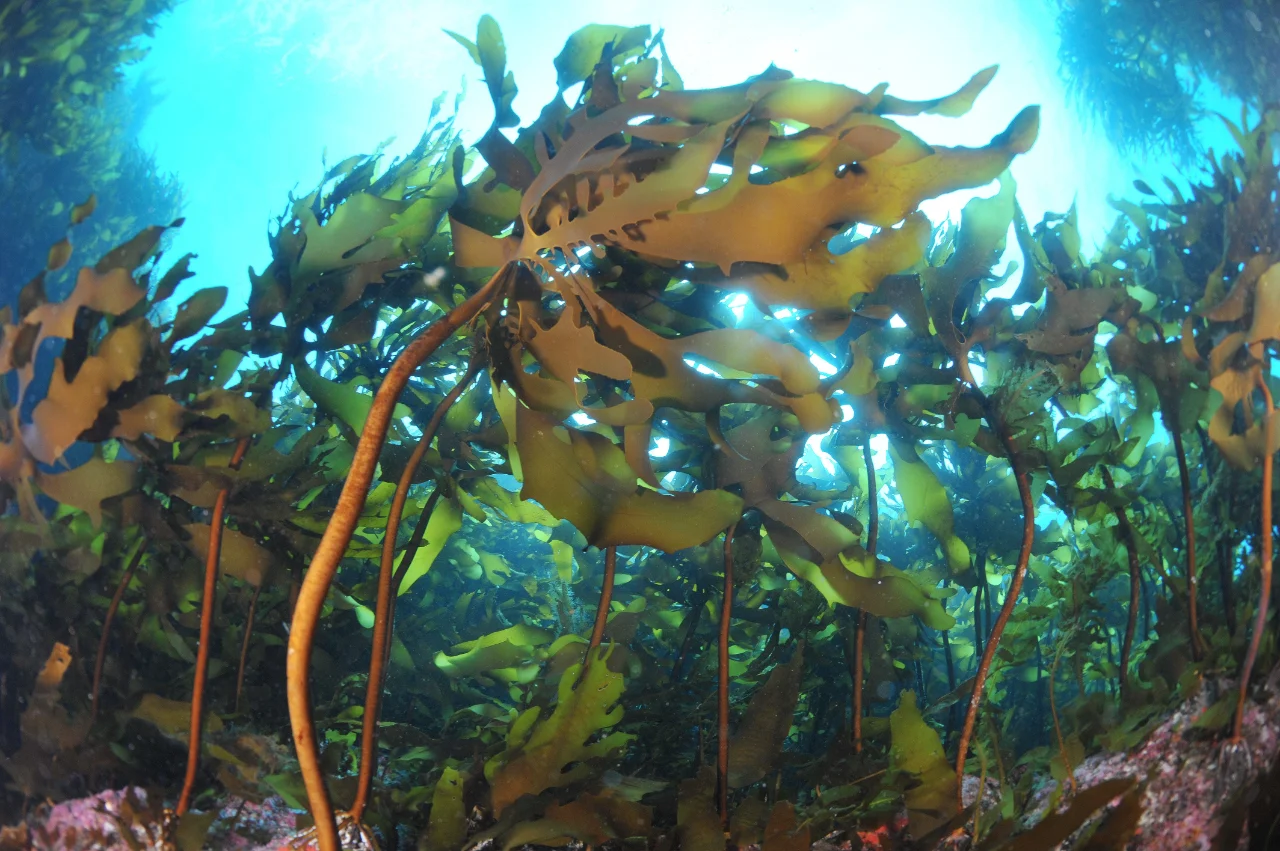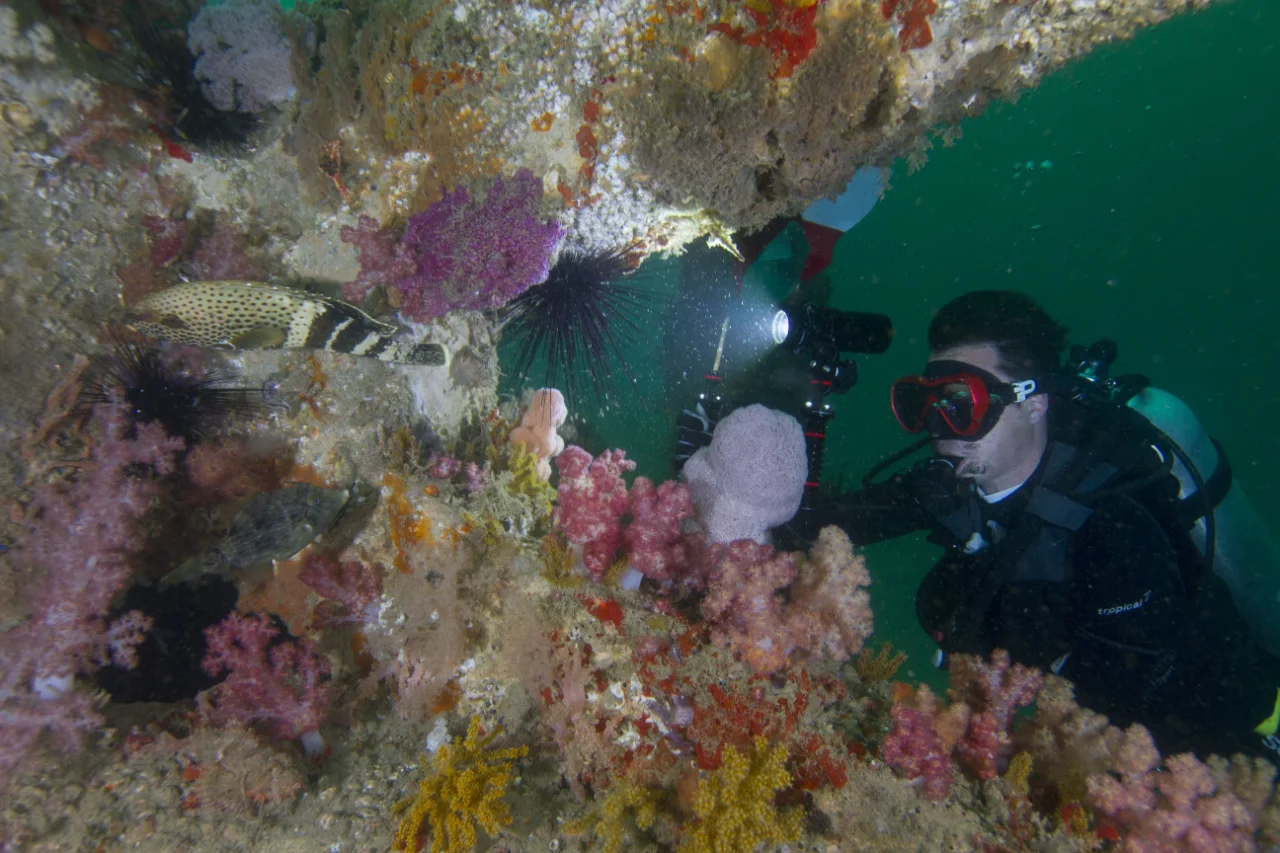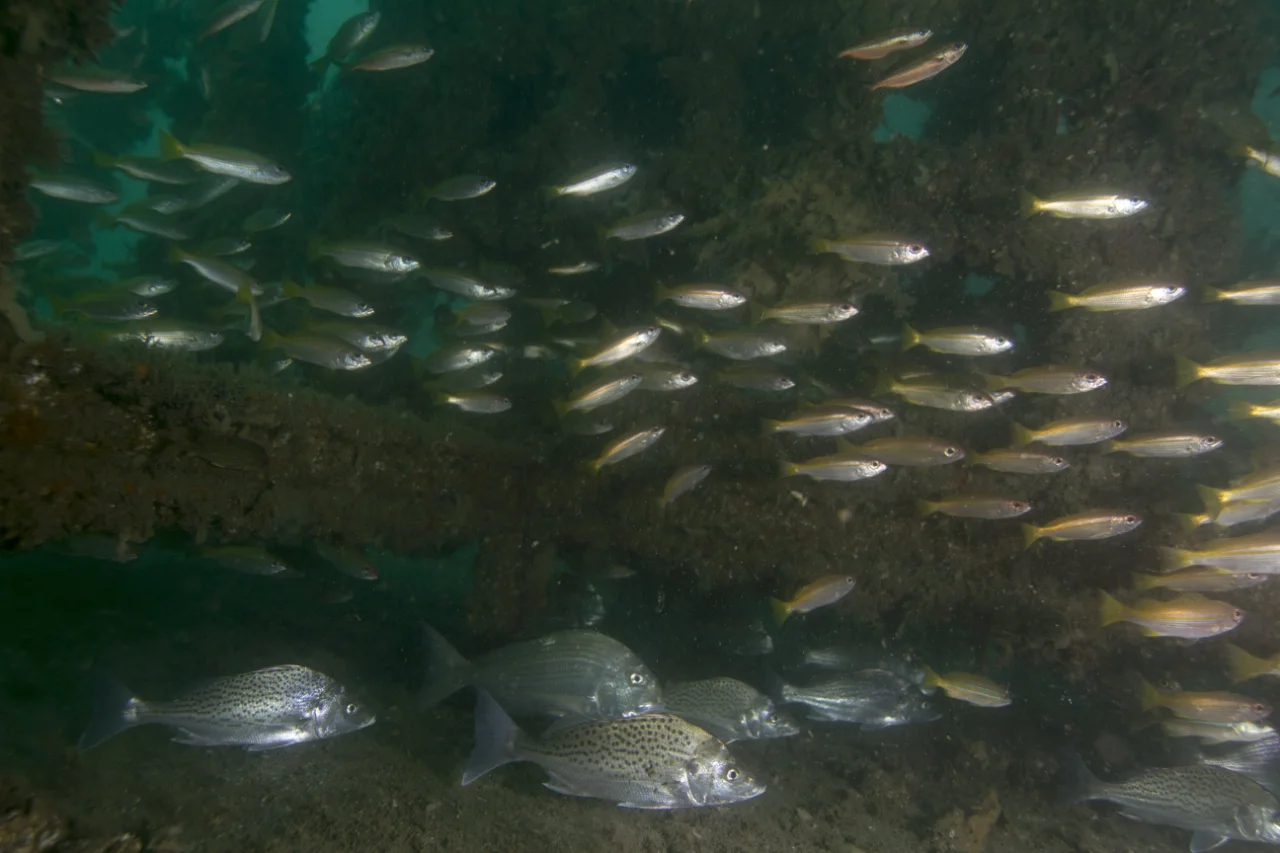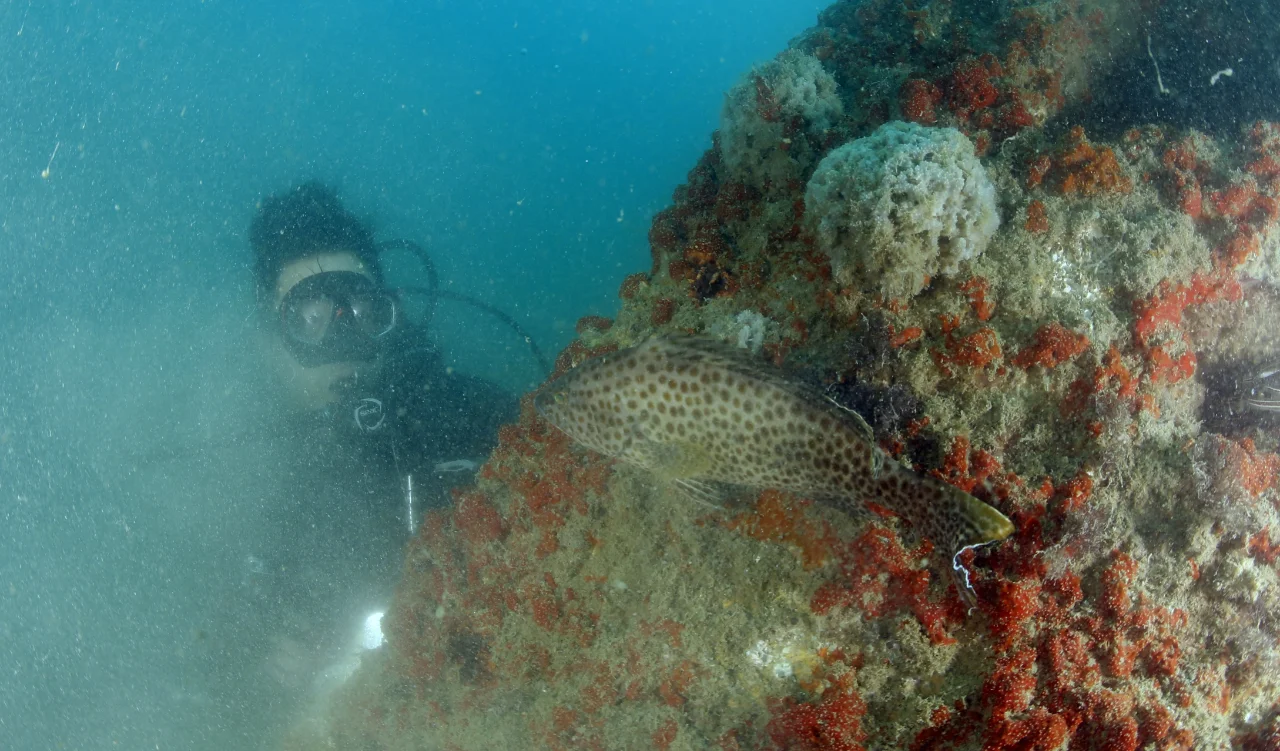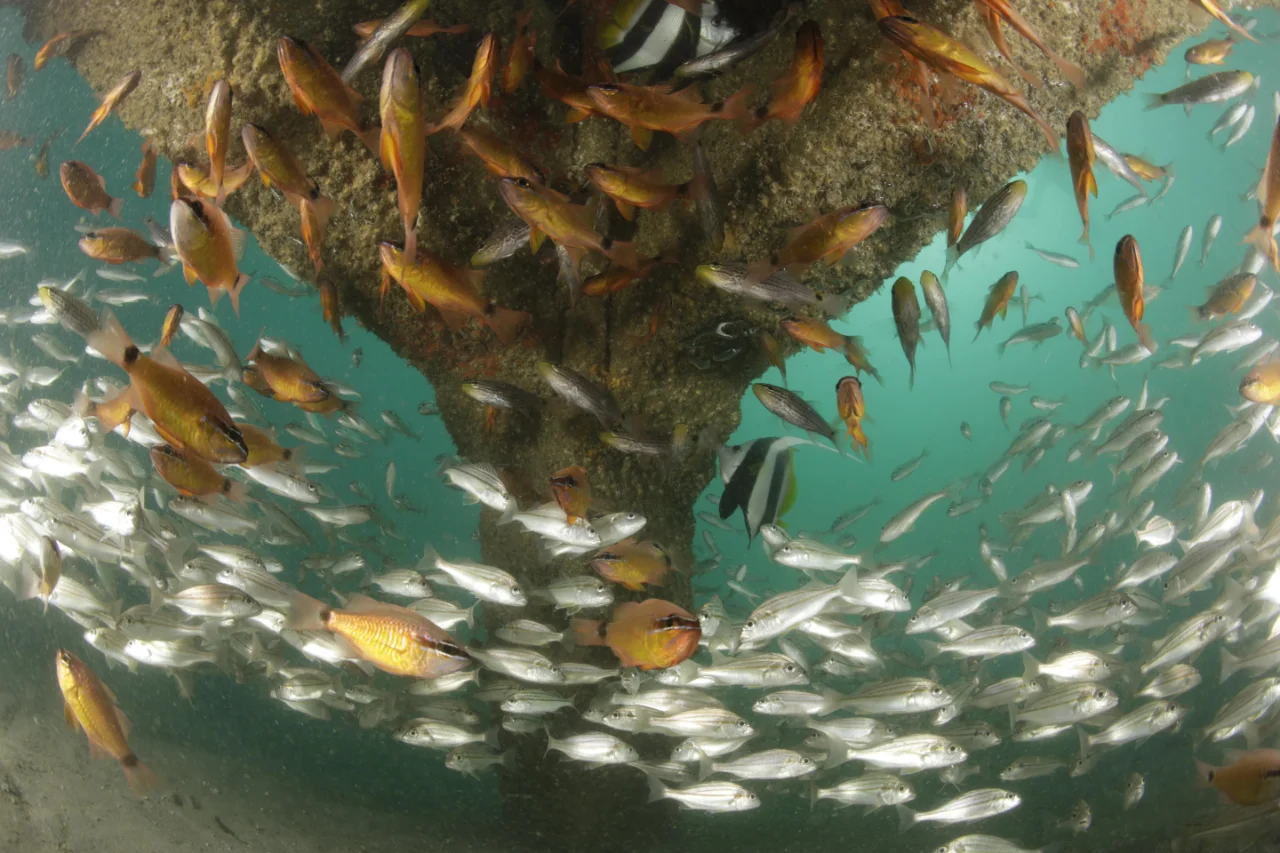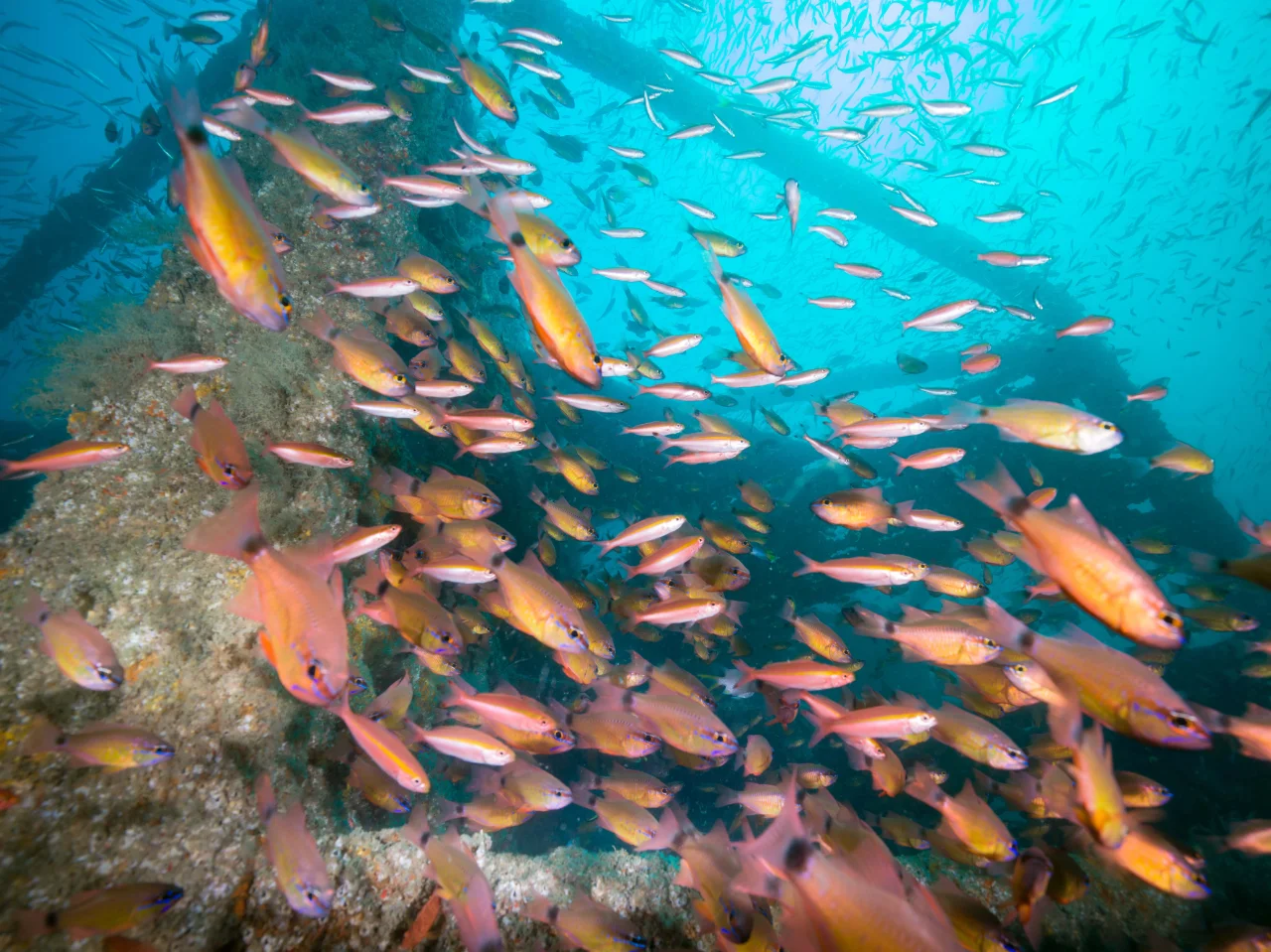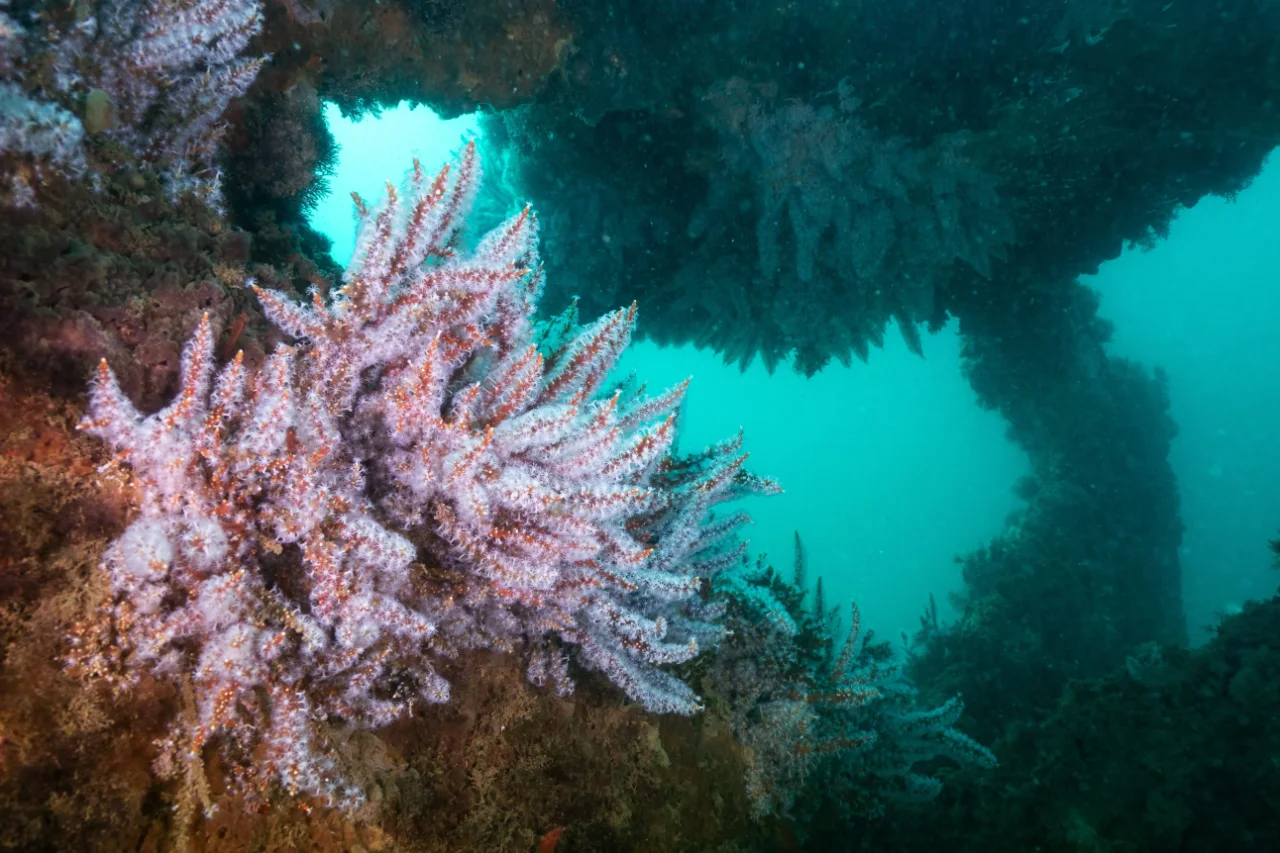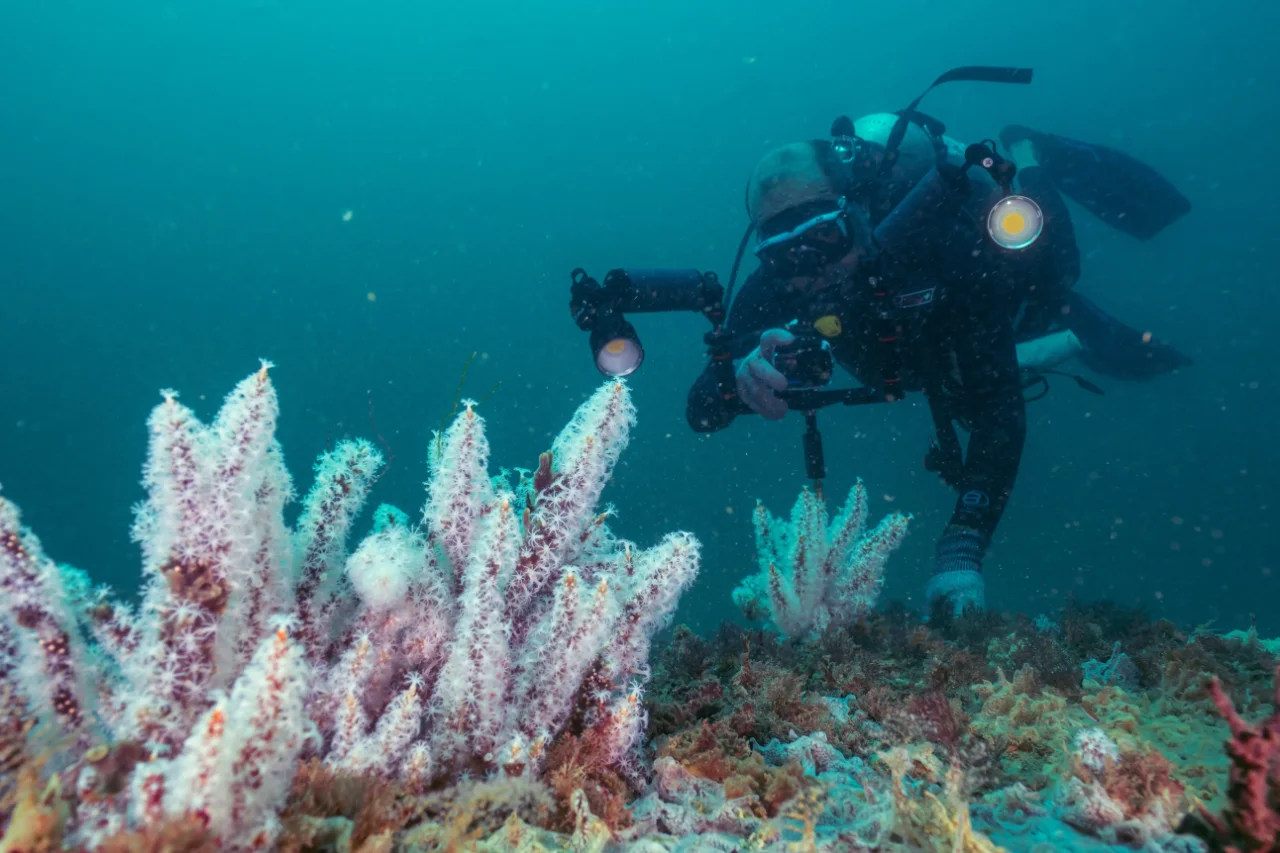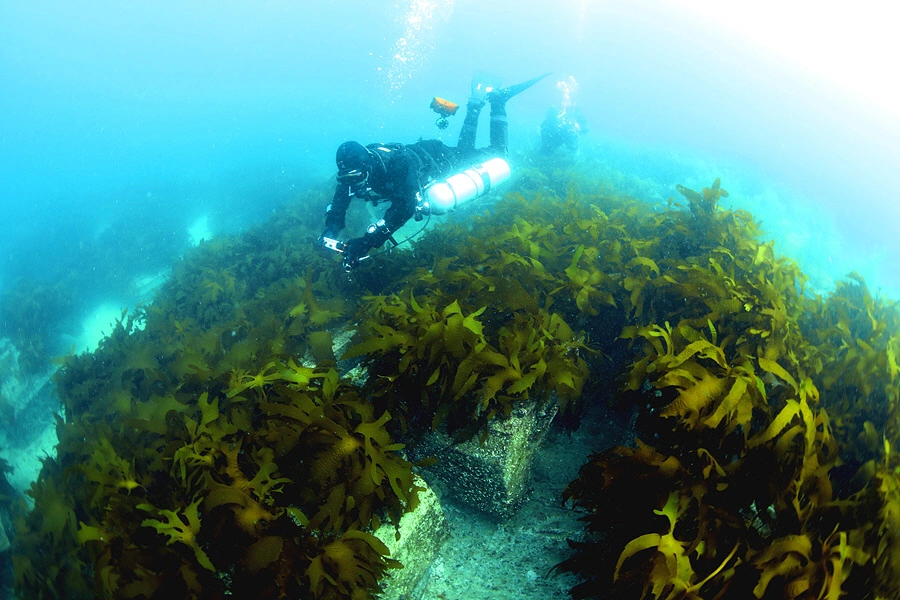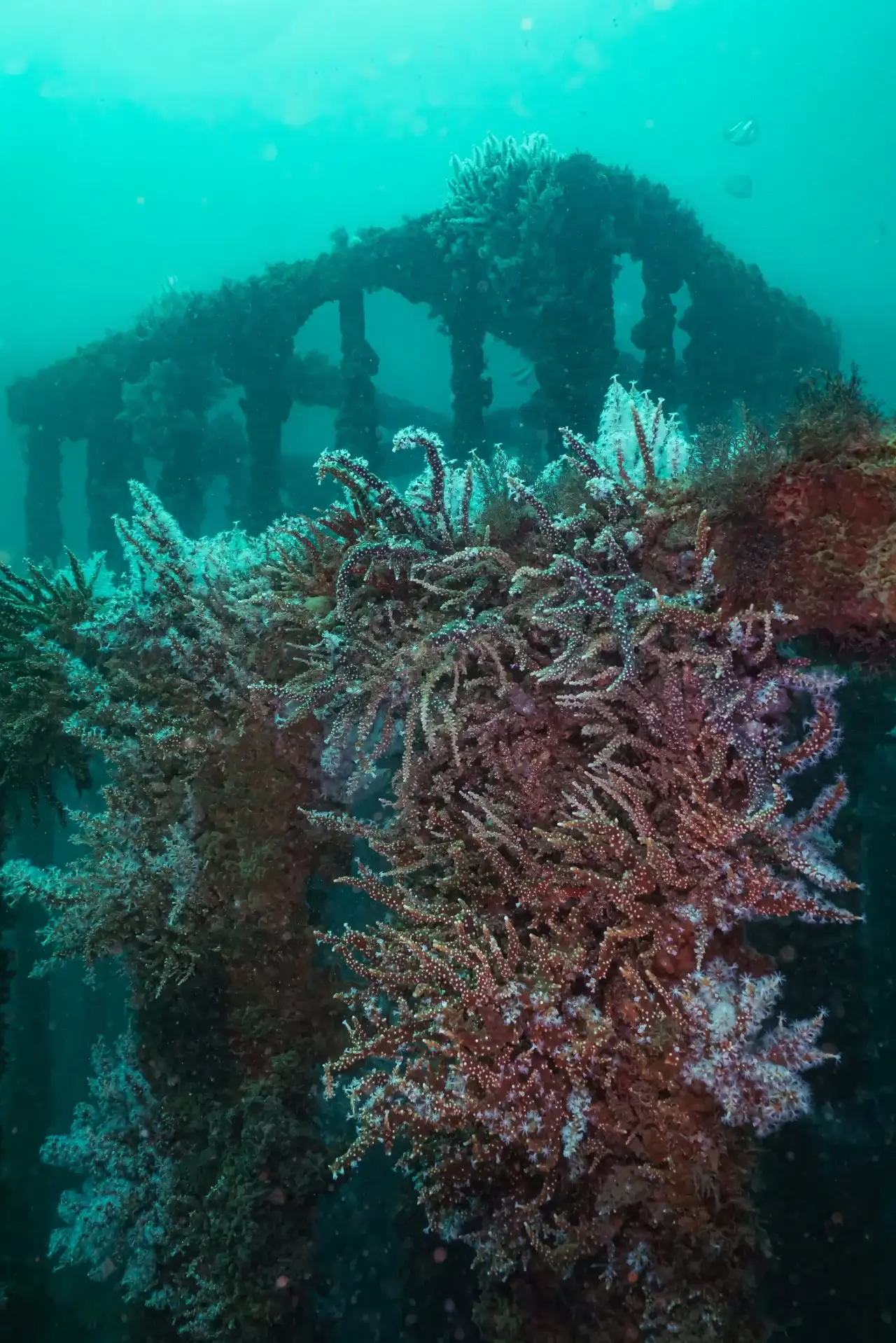Restoring reef biodiversity in the ocean
For over four decades, HaejooX has been a family-owned pioneer in the reef industry, originating in Korea and now standing as a worldwide leader. With an unwavering commitment to marine conservation and climate action, we’ve become renowned for our meticulously designed and engineered reefs that support marine life and sequester carbon.
Our global impact has transformed coastlines, enhancing biodiversity and contributing to carbon credit generation. As a family-driven venture, we take pride in our legacy of excellence and our dedication to creating a sustainable future where thriving marine ecosystems and climate action harmonize. Join us in our journey toward a more vibrant and sustainable planet.

